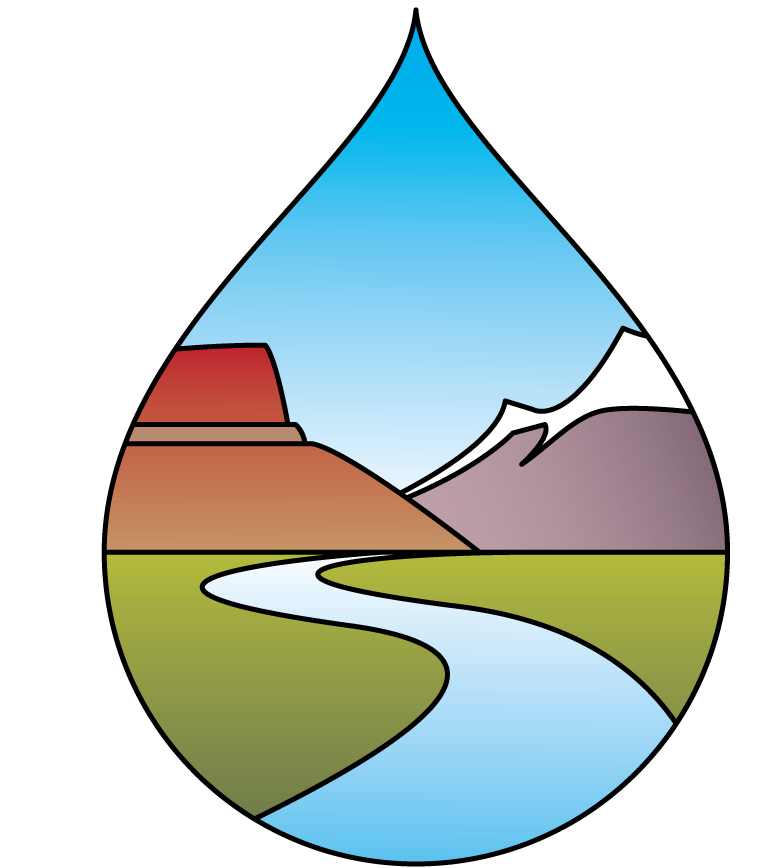Knowing river and reservoir status can help with long term planning and flood forecasting modeling. Two relative measurements often used are discharge and gage height. Discharge is the rate at which a volume of water passes by a particular location. Gage height is a measurement of the distance between the water’s surface above the stream gage’s datum reference point (i.e., a unique reference point used to accommodate for changes in a stream channel over time).
Each state has a unique site-specific reservoir and observation site system (i.e., SSRO) and vocabulary and Water Data Exchange (WaDE) program enables streamlined access to all the states’ SSRO data at a high granularity of the data with the same metadata and structure using one query method. New SSRO data are being continually added where the water is available for use.
Below is a summary of the SSPS data that has been imported into WaDE. Each link contains…
- GitHub Code Link: a breakdown of where the water rights data came from and how it was processed to fit into the WaDE environment.
- Google Drive Raw and Processed Data Link: google drive storage of the raw source data provided by the state agency (i.e., RawInputData) and the processed data fit into the WaDE environment (i.e., ProcessedInputData).
| State | GitHub Code Link | Google Drive Raw and Processed Data Link | Last Updated |
| CO | (CO link) | (CO link) | 10/21/2022 |
| ID | (ID link) | (ID link) | 3/25/2022 |
| MT | (MT link) | (MT link) | 9/16/2021 |
| NE | (NE link) | (NE link) | 12/8/2022 |
| NV | (NV link) | (NV link) | 1/26/2022 |
| OR | (OR link) | (OR link) | 10/19/2022 |
| TX | (TX link) | (TX link) | 12/20/2022 |
